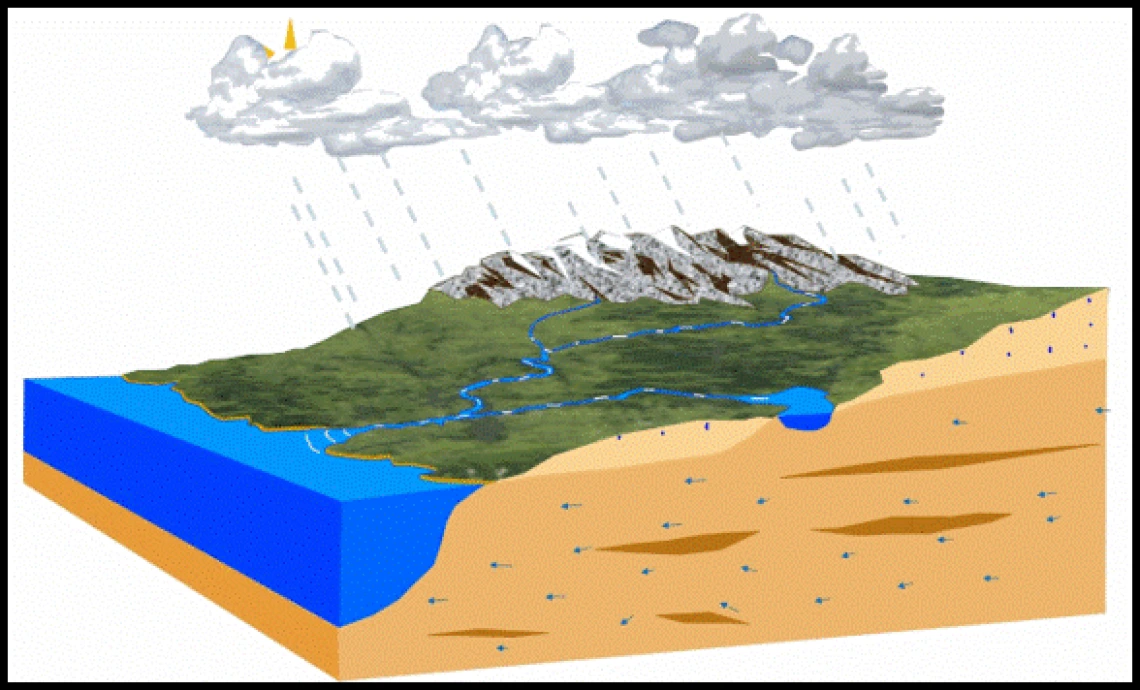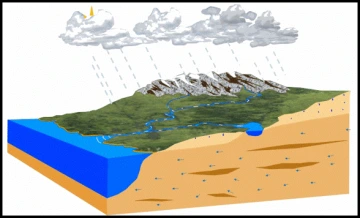Roots for Resilience (R4R)-A Fellow's Perspective

It is my great pleasure and honor to share my experience participating during the 2022 Spring semester cohort with the Roots for Resilience program (R4R) led by the Arizona Institute for Resilience (AIR), CyVerse, and the Data Science Institute (DSI) at the University of Arizona. I learned a lot in terms of open, reproducible science and many computational infrastructures which helped me conduct my research in a more efficient way and improved the overall communication with other scientists based on the collective experiences of using open science tools and concepts. These experiences and involvement with R4R helped me to be successful at the American Geophysical Union (AGU) conference in December 2022.

R4R covers a lot of useful and diverse topics including data and project management plans, open source tools, and CyVerse. That helped me organize and improve my file structure for my research project. My research focuses on modeling large-scale continental snowpack dynamics using a pure data-based deep learning network as well as the development of a physics-informed machine learning system applied to the modeling of catchment-scale rainfall-runoff dynamics. I am particularly interested in bridging the gap between physical modeling and Artificial Intelligence (AI) system under this context for the development of the AI-physics synergistic modeling approach. I was able to visualize my modeling results using many different open-source libraries thereby facilitating the effective communication of the underlying science for both my weekly research discussion and at the AGU conference.
I regularly use the High Performance Computing (HPC) system at the University of Arizona. I obtained more computational hours by participating in the R4R program which allowed me to be included under the support of the account held by the data science PI. I also benefited from the introduction to CyVerse specifically in managing and leveraging the disk space for my large sized dataset between my local computer, campus high-performance computing system, and CyVerse. The program also includes a more advanced topic docker which gave me the idea as to the possibility of relying less on the HPC while performing the computation in a self-contained environment. Those experiences really broaden my knowledge horizons in terms of applying the most suitable tools for solving different tasks and therefore allowing me to further optimize the progress of my Ph.D. dissertation as well as my presentation at the AGU conference.

Moreover, I learned how to use version control and software development tools such as GitHub for maintaining and updating my code. As I am transitioning into the next stage of my academic career, GitHub is particularly useful for me to create my personal webpage so I can synthesize all my past academic records into compact viewable information which facilitates the expansion of my people networking and open up many productive discussions at the AGU conference with scientists worldwide.
I learned from my cohorts who were from different departments. It is very valuable to wholeheartedly learn from each other and to build firm friendships across diverse expertise, ages, and cultures. I really enjoy bouncing ideas off every cohort I met during the R4R journey including the time we spent at weekly Hacky Hours and at Coffee and Code. I would encourage future R4R cohorts to take advantage of R4R, appreciate the opportunity to be in the program, learn from the program, meet with individuals coming from diverse backgrounds, and continue to support open science.

